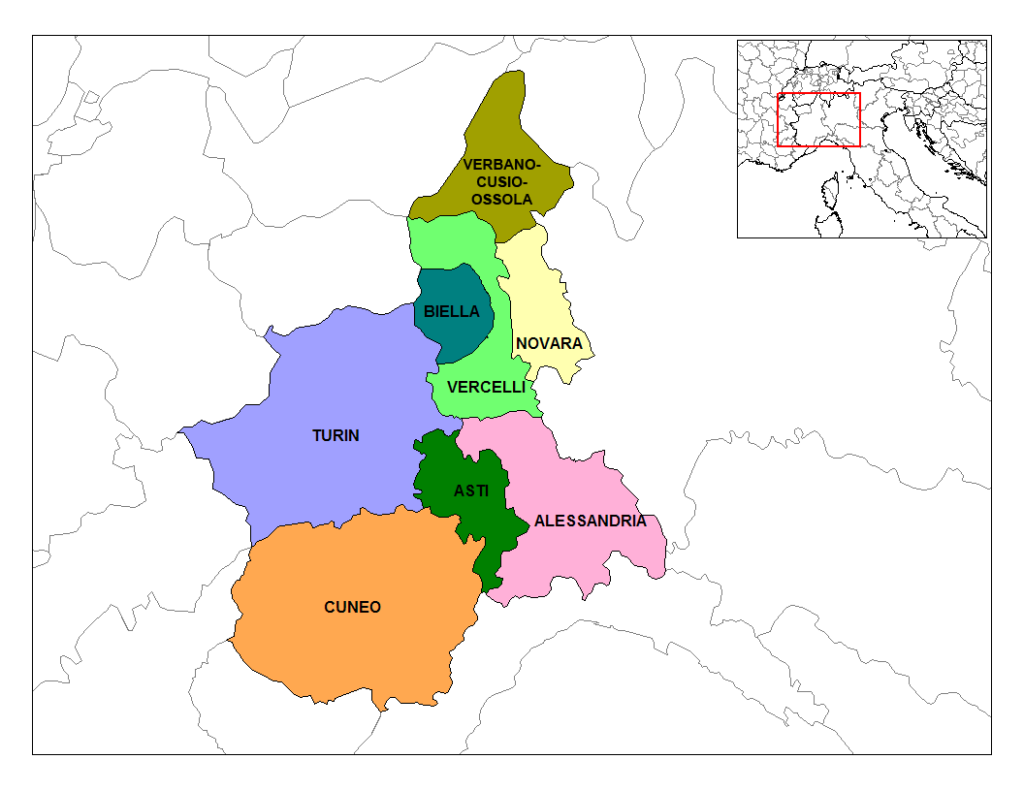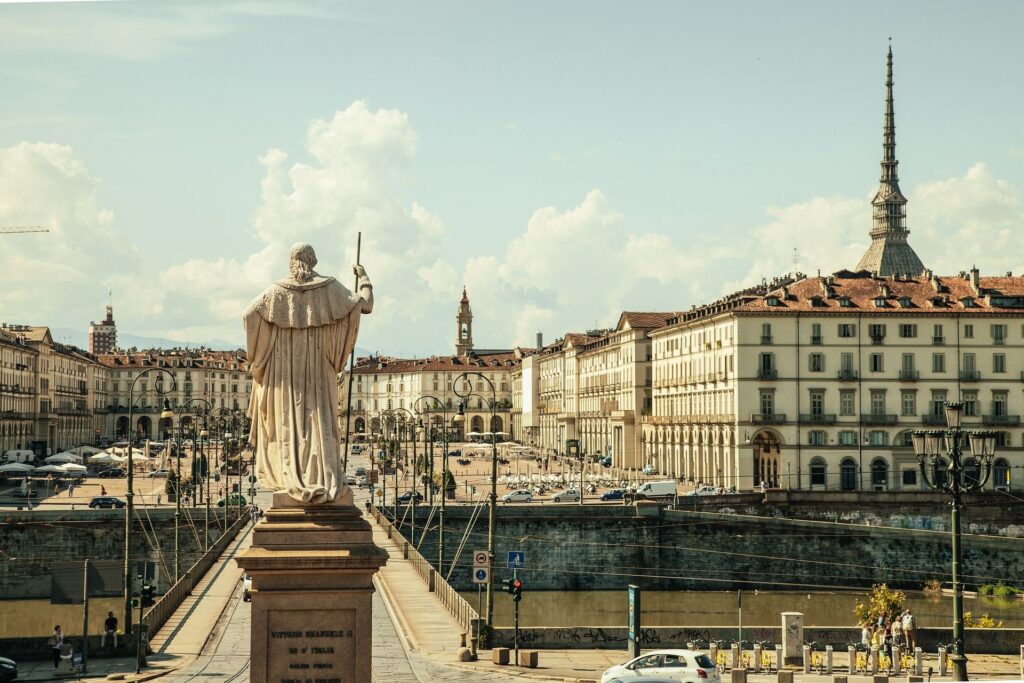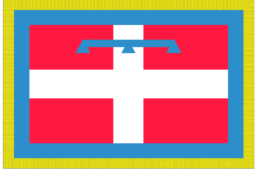Even Piedmont has said yes to differentiated regionalism
Majority and opposition agree in Turin on autonomy and a long bouquet of subjects to be obtained, but in respect of a national unity of Savoy matrix
“A gift that we give to the citizens of Piedmont“: the president of the Northwest Region, Alberto Cirio, defined thus the favorable vote expressed on December 19, 2019 by the Piedmont Regional Council on the resolution for differentiated autonomy.
Preliminary agreement between the Government and the Emilia-Romagna Region (in Italian)
Preliminary agreement between the Government and the Lombardy Region (in Italian)
Preliminary agreement between the Government and the Veneto Region (in Italian)
“No triumphalism, but it is an important step of which we are happy as we have maintained a very fast speed and we have recovered the time of Lombardy, Veneto and Emilia-Romagna, which was the first of our electoral commitments,” he also commented, symbolically hanging from the Christmas tree set up in the courtyard of Palazzo Lascaris in Turin a white dossier with red and gold cockade containing the text of the measure together with the president of the Assembly, Stefano Allasia.
“Differentiated autonomy is a tool to give better answers to citizens and will also give more responsibility to administrators“, according to Alberto Cirio.
Tracing the path that led to the vote, the Piedmontese “Governor” recalled that “on August 9 we approved in the Council the resolution that expanded the subjects required compared to that of the previous administration, we sent it to the Council and we allowed the councilors to give their input in a transparent and participatory way, we held hearings and provided all the steps.
The agreements between Italy and Emilia-Romagna, Lombardy and Veneto
Differentiated regional autonomy according to Confindustria
Italy, Why Differentiated Autonomy “Is” the Constitution
Italy, the Legitimate Implementation of Differentiated Autonomy
And again: “I must thank all the majority who have put their heads, passion and commitment on this resolution, but also all the opposition forces, they have shown a willingness to enter into the merits and above all not to put obstacles of obstructive type”.
In the introductory speech made in the classroom on December 17, when the examination of the resolution began, the President wanted to reiterate some concepts.

A regionalism in the wake of early Italy
First of all, that “the autonomy we are claiming is in implementation of the Constitution, not in implementation of a propaganda manifesto of a political or party type, and does not intend to betray the tradition of solidarity of our Region. Because, as I said to the President of the Republic Sergio Mattarella with great pride, Piedmont made Italy, here was the first Parliament, and we have no intention of undoing it or betraying the constant heritage of social saints and solidarity, which makes us glorious throughout Italy and the world. But in order to have solidarity, one must be well off, and autonomy will help Piedmont to be well off”.
Tuscany joins the train of differentiated autonomy
Then he pointed out that “we have recovered a year and a half of time because we inherited from the previous administration a position that we called timid, but we wanted to maintain. We started from the existing resolution and enriched it with elements concerning, above all, foreign trade, innovation, schools and territorial government. This is the reason why, in six months, we were ready, and now we can hinge the negotiations with Rome together with Veneto, Lombardy and Emilia Romagna”.
There is a long theory of competences ex article 117
The resolution calls for the transfer of powers from the State to the Piedmont Region on the following matters: government of the territory, landscape and cultural heritage; civil protection and infrastructure; labor protection, technical and professional education, vocational education and training and university education; health protection; coordination of public finance and the tax system; environment; international relations and with the European Union; foreign trade; scientific and technological research and support for innovation for productive sectors; organization of justice of the peace; protection of fauna and the exercise of hunting activity; sports regulations; production, transport and distribution of energy; food; development policies and promotion of mountain areas.







